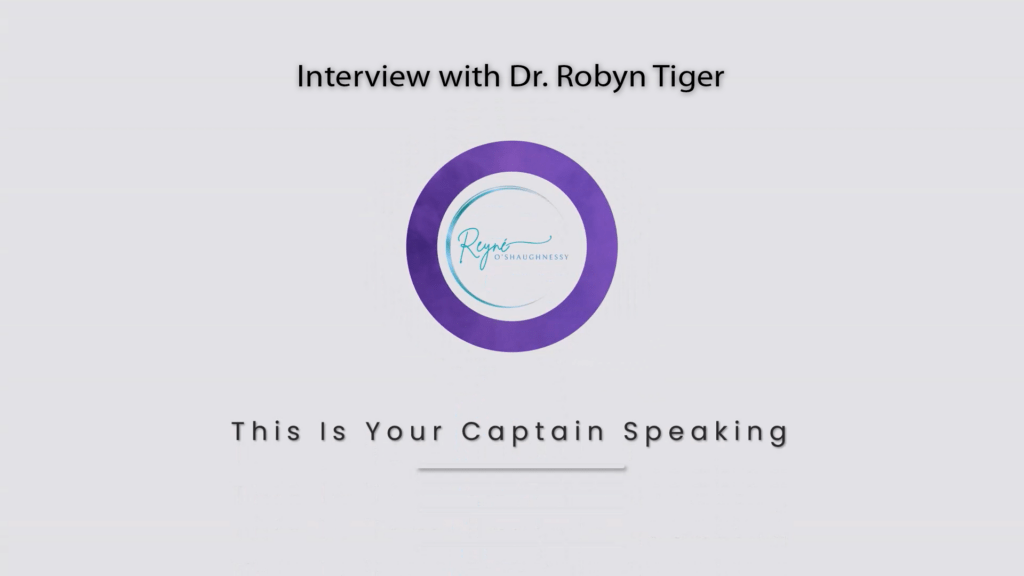Why waiting for burnout is no longer a badge of honor
There’s a kind of exhaustion that doesn’t show up on a checklist.
You’re still flying. Still leading. Still hitting every target. But internally, the lights are flickering. The “stand-by” systems are running. And somewhere in the silence between takeoffs and meetings, a quiet voice keeps asking: How much longer can I keep this up?
In aviation, “in the red” refers to system readings that exceed safe operational limits—engine temps, oil pressure, fuel flow. When a needle enters the red zone, it’s not just a warning. It’s a signal: something’s about to fail.
For many high performers, that same red zone is happening internally. We don’t see it on a screen, but it’s there. Overload. Chronic stressors. Decision fatigue. Hormonal imbalance. Emotional detachment. We keep going—until we can’t.
And that’s exactly the problem.
What if resetting didn’t mean stepping away from the work you love—but stepping back into alignment before burnout, which leads to exhaustion, takes control?
Here are 3 powerful ways to reset:
1. Recognize When You’re Running In the Red
Every cockpit has redlines. They exist to protect performance of the aircraft’s systems—and people. Yet in our own lives, we normalize strain.
We downplay the signs:
- The sleep we never quite catch up on
- The sharpness that gets dulled over time
- The sense of running on overload, when we are technically on and off “off duty”
It’s easy to mistake this slow erosion for just being “busy.” I know this first hand. But when mental and physical fatigue become the baseline, we’re no longer flying at peak performance—we’re flying in the red.
Reset starts with recognition. Not guilt. Not judgment. Just honest, internal clarity.
2. Interrupt the Fatigue–Performance Loop
Aviation doesn’t leave room for sloppy decisions. Yet chronic fatigue does exactly that: it chips away at judgment, sharpens reactivity, and narrows our emotional bandwidth.
The more tired we are, the more mistakes we risk. The more mistakes we fear, the harder we push. And so the loop continues—until something breaks.
But there’s another way: reset the system before it crashes.
That means:
- Sleep is non-negotiable, not optional
- Movement that regulates, not punishes
- Nutrition that fuels, not numbs
- Breath work and stress recovery as a daily rhythm—not a crisis response
This isn’t about self-care hashtags. This is about cognitive performance, nervous system regulation, and human longevity.
In high-stakes environments, recovery isn’t indulgent—it’s a leadership strategy.
3. Create Space You Don’t Have to Earn
Let’s get honest: high performers are masters at postponing rest. We delay recovery until the next deadline, the next off day, once the next check ride is over, the next “pause” that keeps getting pushed.
But the most powerful reset you can give yourself is this: space you don’t have to earn.
Space to breathe.
Space to not be “on.”
Space where you don’t need to lead anyone—or prove anything.
That space is rare in aviation. And that’s exactly why it’s essential.
The truth is, burnout rarely comes all at once. It’s cumulative. It creeps in—quietly—while you’re succeeding.
If you’ve been waiting for a breakdown to justify a reset, consider this your permission slip to step out of the red before the engine fails.
Aviation has long been about excellence, precision, and endurance. But perhaps the next evolution of leadership is something more nuanced. Less about pushing, and more about recalibrating.
More about sustainability, than speed.
More about knowing when to land—before you’re forced to.
If you’re craving a reset, you’re not alone.
Private, intentional spaces are being created for women who lead at altitude—and are ready to lead themselves back to center.
About the Author
Reyné O’Shaughnessy is a retired FedEx captain, TEDx speaker, author, and founder of the nonprofit Aviation Health and Wellbeing Institute (AHWI). With over 35 years in the cockpit and a lifelong commitment to advancing safety and performance in aviation, she now champions the mental, physical, and emotional wellbeing of high-performing professionals. Through AHWI and her national retreats, she creates bold spaces for women in aviation and beyond to recalibrate, rise, and return to themselves.
Learn more go to: piloting2wellbeing.com


